With the rapid development of Internet of Things (IoT) technology, intelligent water purification systems are leading industry transformation. This article will deeply discuss the technological innovation, IoT applications, and future development trends of intelligent water purification systems, providing professional technical insights and development directions for the industry.
Intelligent Sensing Technology Innovation
Intelligent sensing technology is the foundation of system intelligence. The application of multi-parameter water quality sensors enables real-time monitoring of key indicators such as turbidity, residual chlorine, and TDS, with measurement accuracy reaching ±2%. Flow measurement uses high-precision turbine flowmeters or electromagnetic flowmeters, with accuracy class reaching 0.5, equipped with automatic temperature compensation function. Online pressure monitoring is achieved through piezoelectric sensors, with a range of 0-1.6 MPa and a 4-20 mA output signal. Temperature monitoring is not only used for compensation correction but also for system operation optimization. Filter life monitoring is based on a multi-parameter fusion algorithm, comprehensively considering usage time, treated water volume, and water quality changes, with prediction accuracy exceeding 90%. Fault diagnosis is achieved through an expert system, capable of identifying more than 20 common faults and providing handling suggestions.
IoT Communication System Architecture
An advanced communication architecture is the support for system intelligence. The selection of communication protocols should balance reliability and economy; NB-IoT is suitable for wide-area low-power scenarios, LoRa is suitable for regional networking, and 4G/5G are used for large data volume transmission. Data transmission security adopts the TLS encryption protocol to ensure data is not stolen or tampered with. The network topology adopts a hybrid star and mesh structure to improve system reliability. The introduction of edge computing capability enables local data processing, reducing the cloud burden, with a response time of less than 100 ms. Cloud data synchronization uses differential transmission technology to save traffic consumption. Mobile terminal access supports multiple methods, including APP, mini-programs, web pages, etc., meeting different user needs.
Intelligent Control Strategy Optimization
Intelligent control strategies are the core of efficient system operation. The adaptive operation algorithm can automatically adjust operating parameters according to changes in water quality and quantity, ensuring the system is always in the optimal state. Energy-saving optimization control predicts water usage patterns through neural network algorithms, achieving on-demand operation, with energy-saving effects reaching 20%-30%. Intelligent backwashing is automatically triggered based on changes in pressure difference and flow rate, improving the backwashing effect by over 15%. The setting of early warning thresholds adopts a dynamic adjustment mechanism, automatically optimizing alarm limits based on equipment status. Remote parameter adjustment authorizes hierarchical management; important parameter modifications require multiple verifications. The automatic protection function is complete, including dry-running protection, over-pressure protection, over-temperature protection, etc., ensuring system safety.
Deep Application of Data Analysis
Data analysis provides decision support for system optimization. Water usage behavior analysis identifies water usage patterns of different users through clustering algorithms, providing basis for personalized services. Equipment performance evaluation establishes a multi-dimensional evaluation system, including indicators such as energy efficiency, stability, and reliability. Fault prediction uses machine learning models to predict equipment failures 7 days in advance, with an accuracy rate of over 85%. Maintenance decision-making is based on remaining life prediction and cost optimization models to formulate optimal maintenance plans. Energy efficiency analysis establishes energy consumption models, identifies energy consumption abnormalities, and proposes improvement suggestions. The optimization suggestion system uses digital twin technology to simulate the effects of different operation strategies and recommend the best plan.
Management Service Platform Functions
A complete management service platform is the embodiment of system value. Equipment management realizes full life cycle management, including equipment files, operation records, maintenance history, etc. User management supports multi-tenant architecture, achieving user hierarchical authorization and personalized services. Operation and maintenance management establishes standardized processes, including work order management, inventory management, service evaluation, etc. The data analysis platform provides multi-dimensional visual reports supporting custom analysis. Report generation is automated, supporting timed push and manual export. The decision support system provides scientific basis for management decisions through data mining.
Technological Innovation Development Trends
Technological innovation continues to promote industry development. The deep application of artificial intelligence technology will achieve more accurate prediction and optimization. Digital twin technology achieves digital management of the system's entire life cycle through virtual modeling. Blockchain technology is applied to data security and transaction trust. The high speed and low latency of 5G technology will promote the development of remote control. The integration of smart water achieves full-process intelligence from source to tap. The concept of sustainable development promotes the system towards more environmental protection and energy saving.
The development of intelligent water purification systems is changing the traditional water treatment industry. Through the application and innovation of new technologies, systems will become more intelligent, efficient, and reliable. For industry practitioners, grasping technological development trends and actively embracing innovation are essential to maintain a leading position in future market competition.











